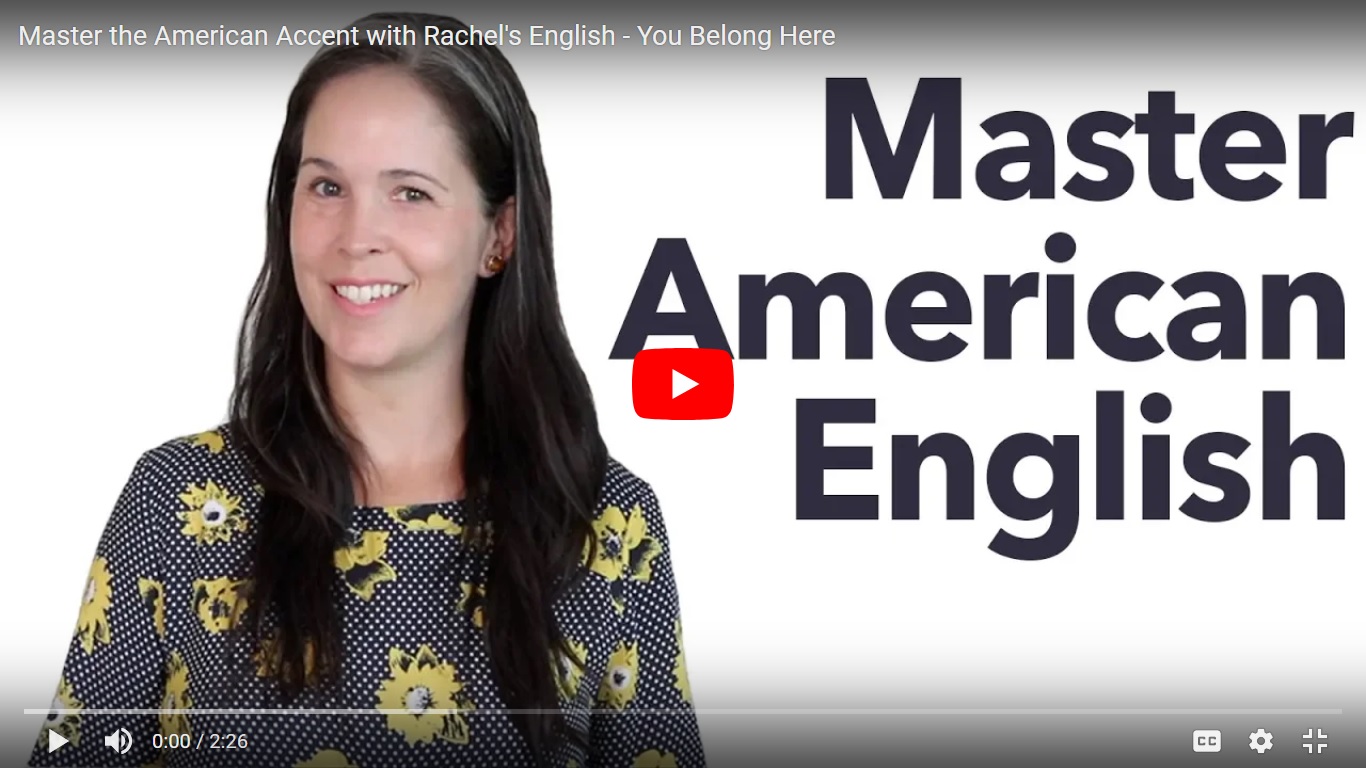Why should you use videos when you teach, whether online or face to face?
Videos are great visuals to make a lesson engaging, to expose students to natural language, to ease comprehension via images and actions, to teach correct pronunciation and related issues such as contractions, intonation, stress, etc.
What kind of clips should you use in your class?
They may be cartoons, documentaries, sport events, real life stories, advertisements, clips from TV shows, etc.
Are there any FREE videos (maybe whole movies) online? Without copyright infringement, of course.
Yes, there are.
Links you can use to start teaching with videos
1– Cartoons with subtitles
https://agendaweb.org/videos/cartoons/index.html and also here https://eduteach.es/videos/cartoons/do-you-like-sausages.html The levels are well labelled, they are short clips playing a particular language issue, and they have further activities to support the language acquired.
2– Real life, topic based videos
https://learnenglish.britishcouncil.org/general-english/video-zone The whole lesson is done for you, from warm-up to different stages, as well as worksheets to download for further practice.
3– American culture
This Rachel’s English video includes tips of the American accent, slang, formal and informal language. It is especially for students of intermediate level and above https://www.youtube.com/channel/UCvn_XCl_mgQmt3sD753zdJA
4– BBC Learning English
These video clips are based on documentaries, current affairs, sports, vocabulary, idioms . . . There is so much to choose from. The only downside is the fact that apart from the clip itself, nothing else is done for you, so you’d still have to design yourself, the activities to go with the video. https://www.youtube.com/user/bbclearningenglish/videos
5– Fun Kids English
If you’re a teacher who incorporates singing in your class, then this is a great link for you. Loads of songs to teach children basic vocabulary from colours to jobs, transportation, animals, foods, but also phonics and manners. https://www.youtube.com/channel/UC4P8csyQKa2_0D5-VtITRIg
6– Business English
These videos are FREE, very professional and useful for any business teacher. However, in order to access their PDFs and worksheets, you need to become a member. https://www.businessenglishpod.com/category/video/
7– TedEd
My favourite page must be TedEd which I have used extensively with more advanced students https://ed.ted.com/series Their videos are educative, original, engaging and they even send you a daily lesson plan when you subscribe.
Creative ways a to use a video clip:
- Use pictures and ask the students to place them in sequential order after watching the clip
- Use the promo poster and ask students to guess what the video/ movie will be all about
- Ask students to watch a whole movie at home, and use worksheets in class to elicit vocabulary, grammar points, or specific expressions
- Use short and repetitive clips to focus on intonation, contractions, pronunciation, and even accent
- Stop a click before it finishes and ask students to guess the ending.
- Stop a video a few times during watching and ask students each time to anticipate the course of action. These ideas are fabulous to practice conditionals.
- Choose new vocabulary and ask students to watch the clip and try to guess the meaning of those words from context. Continue by asking them to practise those new words in another, more familiar context.
- Act it out. Post watching a video, choose phrases, dialogue sequences and act it out.
- Character questionnaire.
- Describe the place
- Alternative ending. How would you have liked the clip/movie to finish.


